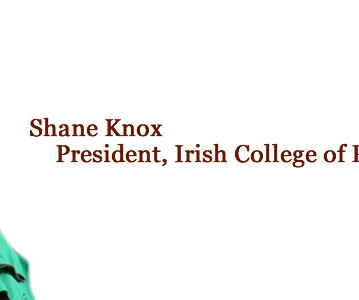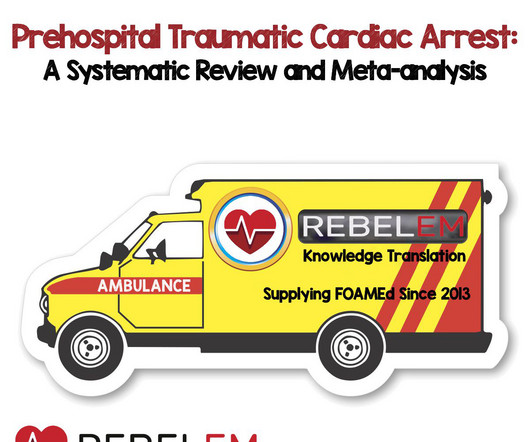SGEM #417: Everybody’s Changing…the Reference Ranges for Pediatric Vital Signs
The Skeptics' Guide to EM
OCTOBER 14, 2023
Background: We have looked at pediatric vital signs on the SGEM back in 2014 with PedEM superhero Dr. Anthony Crocco ( SGEM#98 ). Vital sign ranges from common guidelines such as Pediatric Advanced Life Support (PALS) [1] or Advanced Pediatric Life Support (APLS) [2] can differ. It seems awfully high.












Let's personalize your content